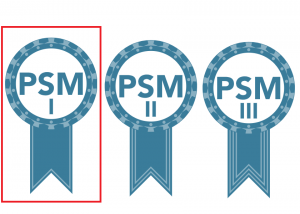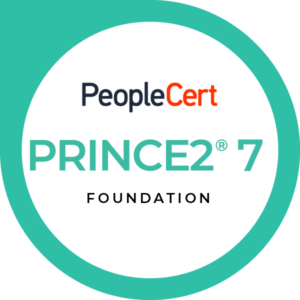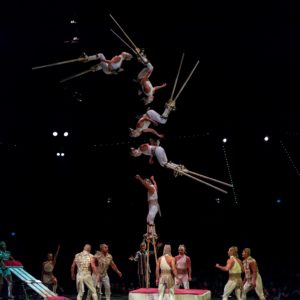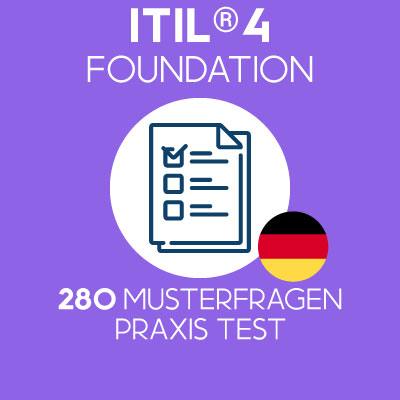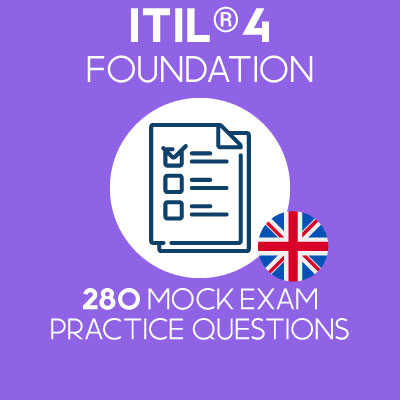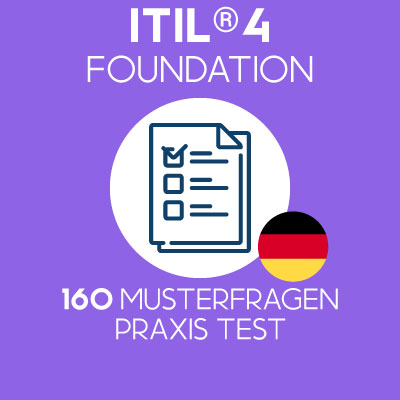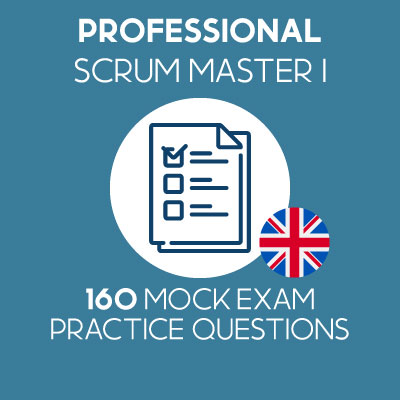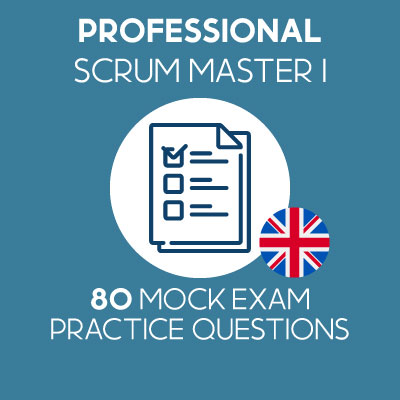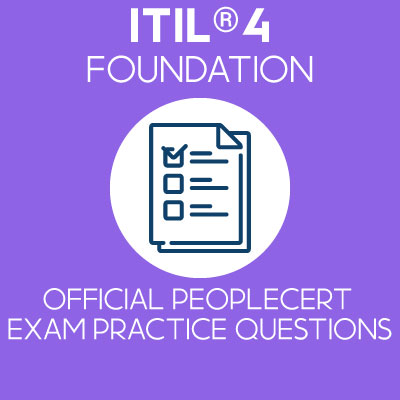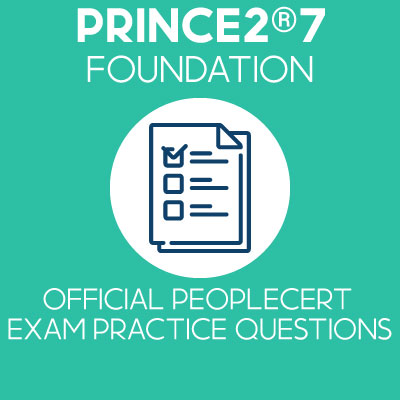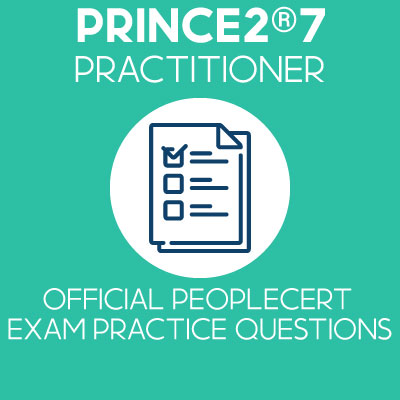Not everyone has the possibility to work in an Agile* team i.e. cross functional, fully allocated, self managed, iterative and incremental development ….
The good news is that you still have the possibility to borrow some Agile elements and bring them to your work!
Let’s check them in this article!
Table of Contents

5 Agile elements to use without being Agile
1- Product Backlog
The product backlog should be the source of all the work which can be undertaken by the team on a product. It is often referred to as a wish list as not every item it contains may be worked on. New items can be added to the backlog at any time and priorities are subject to change depending on the product evolution. Having a product backlog helps in creating visibility, transparency and focus. Attributes of items in the backlog vary but generally include a title, description, size and order. Tools to manage product backlogs are many such as JIRA, Smartsheet, Trello, ClickUp, Monday.com…
2- Kanban board
Borrowed from Lean Manufacturing principles, a Kanban board is an efficient visual representation of the status of the work items in a team. In its simplest form, a Kanban board contains 3 columns: To Do, Doing and Done. Work to be done by the team is in the To Do column, work being done is in Doing and work done is… Done! A Kanban board can also include other elements such as WIP limit, metrics e.g. cycle time, advanced workflow, etc… Similar to the product backlog, it creates visibility, transparency, focus AND collaboration among members. Often associated with product backlogs, Kanban boards can be seen in digital tools such as JIRA, Trello, Smartsheet, ClickUp, Monday.com…
3- Review
The review – sometimes incorrectly labeled as a system demo – is an opportunity for the team to demonstrate to stakeholders the result of their work after a given period of time. The main output of the review is the feedback received from the stakeholders and to be considered as inputs to the product backlog (new items). The review is a great possibility for the team and its stakeholders to inspect the results of their work and based on the feedback received, the team can decide on the next course of action.
4- Retrospective
Retrospectives are the most important events that could be for an Agile team. The goal of a retrospective is for the team to inspect its working processes and decide on adaptation to improve them. Regular and cadenced retrospectives lead to continuous and gradual improvements (Kaizen). One of the simplest way to conduct a retrospective is to discuss what went well during a given period of time, what did not go so well and what needs to be improved. Many tools can be used for conducting retrospectives, some generic and some specialized. Jamboard, Mural and Miro are usually simple and efficient generic tools for that.
5- Iteration
Iterations are short periods of time of a month maximum. Often referred as Sprints, they offer a cadence to the team where members can build increments out of work items which can be demonstrated at the end of the Sprint via a review (see point 3). Iterations are fixed in length and one iteration should follow immediately the other. This tremendously helps the team to get into a working rhythm.
That’s what I could came up with. Daily synchronization calls did not make it but that was a close call.
And you, what would be on your list of Agile elements to bring?
Let us know in the comments!
Yours truly,
Value Insights
Related Blog Posts
Our Mock Exams
-
ITIL 4 Foundation Musterprüfung – 280 Übungsfragen
€ 19,99Original price was: € 19,99.€ 15,99Current price is: € 15,99. -
ITIL 4 Foundation Mock Exam Pack – 280 Practice Questions
€ 19,99Original price was: € 19,99.€ 15,99Current price is: € 15,99. -
ITIL 4 Foundation Mock Exam Pack – 160 Practice Questions
€ 15,99Original price was: € 15,99.€ 9,99Current price is: € 9,99. -
ITIL 4 Foundation Pack Examens Blancs – 280 Questions
€ 19,99Original price was: € 19,99.€ 15,99Current price is: € 15,99. -
ITIL 4 Foundation Pack Examens Blancs – 160 Questions
€ 15,99Original price was: € 15,99.€ 9,99Current price is: € 9,99. -
ITIL 4 Foundation Musterprüfung – 160 Übungsfragen
€ 15,99Original price was: € 15,99.€ 9,99Current price is: € 9,99.


